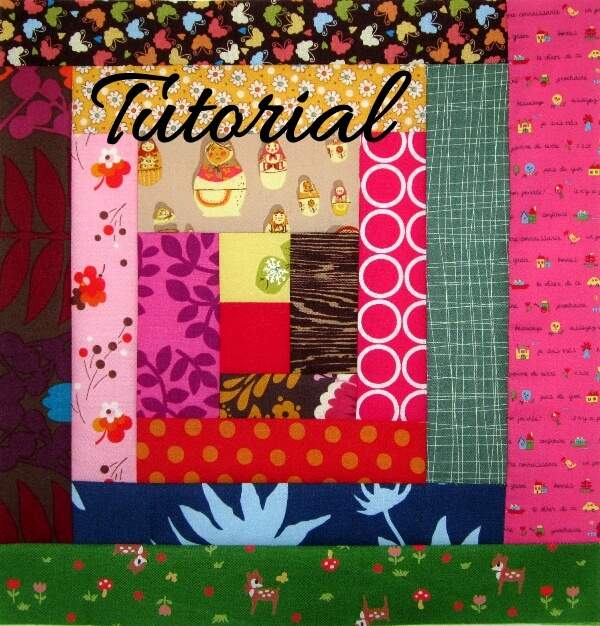How to Prewash Quilting Fabric
Do you prewash your quilting fabric? I do if I know the quilt I’m making will be washed after I finish it. I have a superstitious fear that if I don’t prewash, I’ll spend days and days making a quilt, only to have it shrink after I finish it and ruin all my hard work. (This actually happened to a friend of mine, so I guess it’s not just a superstition.)
Prewashing also removes dyes and chemicals that might be irritating for you or the quilt’s recipient.
On the down side, prewashing removes that beautiful new-fabric smell and crisp feeling. It can also distort the shape of your fabric (but I think it’s better to find out that your fabric shrinks unevenly before you sew than after!)
I don’t always prewash fabrics for wall hangings that will get very little washing, if any. I’m not as afraid of shrinkage in that situation.
Here’s how the expert quilters do it.
1. Test for Color Bleeding
Some fabrics bleed dyes when they get wet and can stain the other fabrics in your quilt. Dark, saturated colors and lower-quality fabrics are especially likely to bleed. Use this simple test to detect fabrics that bleed:
- Soak a small piece of the fabric in cool, soapy water.
- After about 30 minutes, remove the fabric and check for color in the water. Discolored water means the fabric has bled some of its dye. You can try machine washing it and testing again, but if you want to be absolutely sure the fabric won’t bleed, it’s safer not to use it.
- If the water is still clear, lay the fabric to dry on a white paper towel. If the towel is still clean after the fabric dries, the fabric is safe to use.
2. Wash In Cool Water
Unfold the fabrics and machine wash them on the shortest delicate cycle, keeping lights separate from darks. Don’t use hot water, which can cause fading. You can use either a phosphate-free detergent or a mild soap like Ivory® Dishwashing liquid. [amazon_link id=”B000BQLJIU” target=”_blank” container=”” container_class=”” ]Orvus® soap[/amazon_link] is made especially for washing quilts.
3. Tumble Dry
Shake out your fabric before you put it in the dryer to keep the tumbling action from setting in creases and wearing away some of the fabric’s color along the crease lines. Remove from the dryer as soon as the cycle ends.
How to Prevent Thread Tangles
The spinning and tumbling that occurs during washing and drying can cause annoying frayed edges and thread nests. Here are several tricks experienced quilters use to avoid them:
- If you’re washing cut strips or pieces, put them in a lingerie bag before washing.
- Snip a triangular cut from each corner of the fabric piece.
- Serge or zigzag stitch the cut edges of your fabrics before washing. This may be more time-consuming than just snipping off the tangled threads, but it will definitely reduce fraying and distortion.
Should You Press Quilting Fabric After Prewashing?
It makes sense to press your fabric right after you take it out of the dryer if you’re going to use the fabric immediately, or if you’re able to arrange it so neatly that it won’t get wrinkled while you store it. Otherwise, you can save yourself a step by just smoothing it out and folding it, pressing it only when you’re ready to use it for a project.
Starch Fabric that Comes Out Too Soft
Many quilters find stiff fabrics easier to cut and sew than soft, flexible ones. If your fabric comes out of the dryer limp and hard to work with, spray it with [amazon_link id=”B004SMAN3A” target=”_blank” container=”” container_class=”” ]starch[/amazon_link] or [amazon_link id=”B0013QZ0EQ” target=”_blank” container=”” container_class=”” ]sizing[/amazon_link] to stiffen it again.




After the first page, none of the pictures displayed! The instructions are very clear, but the illustrations would certainly help.
Thanks for the heads-up, Bayla. I have been tinkering with my website and taking down posts from the old blog, and a few posts on the new blog have lost their photos as a result. I’m putting this on my list of things to fix.